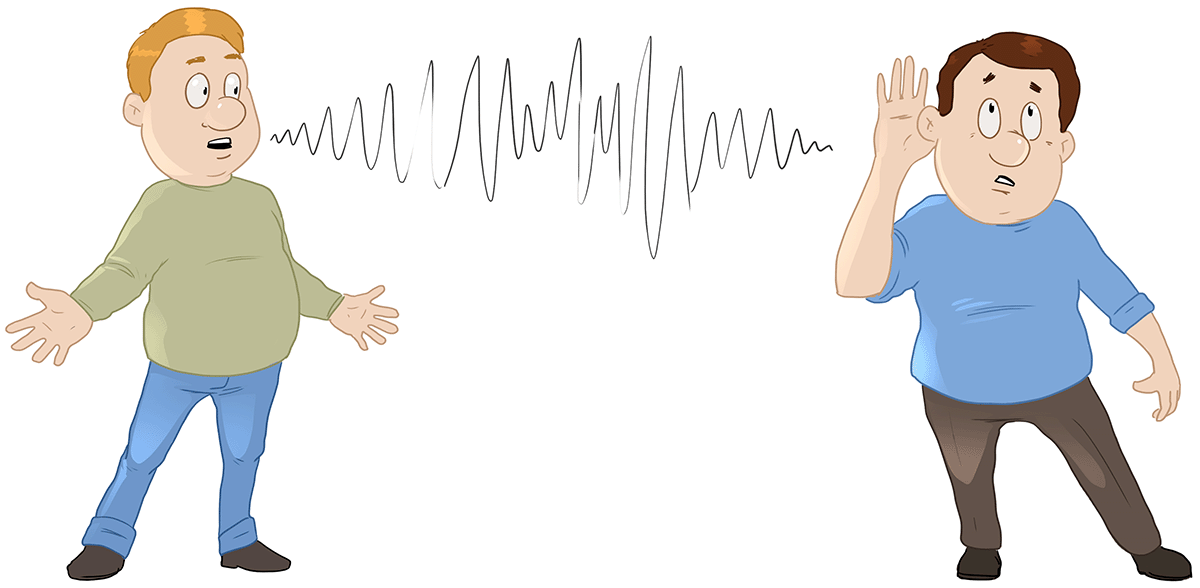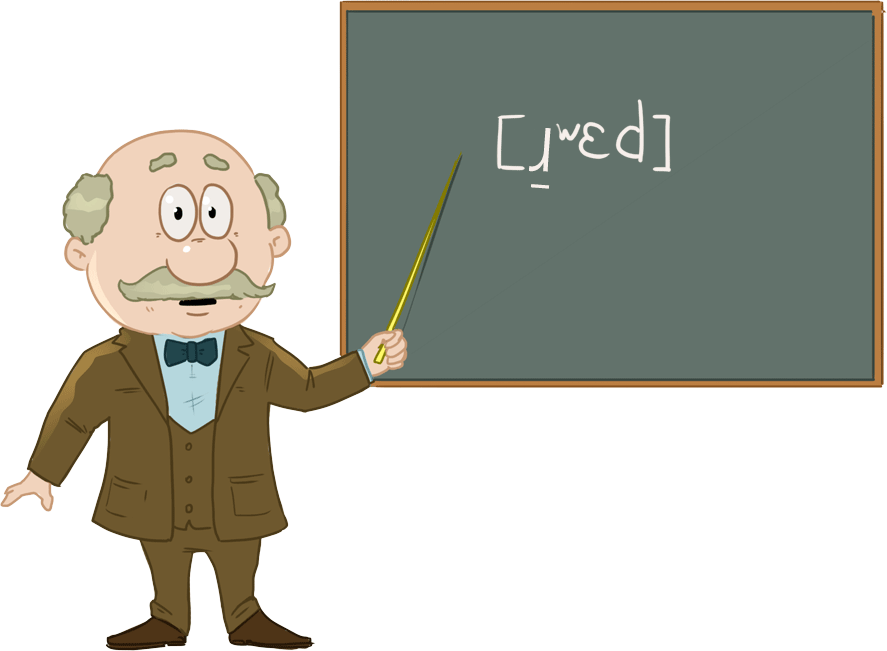Phonetics, sound inventory
"The sounds we speak"
"The sounds we speak"
Phonetics is a branch of linguistics and studies the sounds of human speech. The term is also used for sign languages, where it studies the gestural and visual composition of signs.
Phonetics is concerned with the physical production, transmission, and perception of sounds. Phonology, on the other hand, deals with the patterning of sounds within a language. Here, the phoneme is of crucial importance. Phonemes are perceptual units that are the building blocks of the (spoken or signed) words of a language.

Phonetic transcription is a way of representing the sounds that occur in human languages independently of the way they are written. The most widely known system is the International Phonetic Alphabet (IPA), mostly based on the Latin alphabet which is able to transcribe features of speech such as consonants, vowels, and suprasegmental features. It was devised by the International Phonetic Association to be a standardized representation of the sounds of human speech. The IPA is used by lexicographers, foreign language students and teachers, linguists, speech-language pathologists, singers, actors, constructed language creators, and translators.
The official chart of the IPA as of 2005 (CC-BY-SA license)

The phone is the basic unit of sound for human speech; the phoneme is the basic unit of sound for specific languages. A phoneme is an abstract unit for a given language and will include a number of different phones. This is reflected in different levels of transcription. The purpose of phonetic transcription (usually in square brackets) is to transcribe sounds (phones) so that the exact articulation is recorded, whereas phonemic transcription (usually in slashes) transcribes the words in terms of how sounds are categorized in a given language. The border between phonemic and phonetic transcription is not always clear – narrow phonetic transcription captures more variations in sounds while broad phonetic transcription captures only the most noticeable features and blends into phonemic transcription.

For example, a common pronunciation of the English word